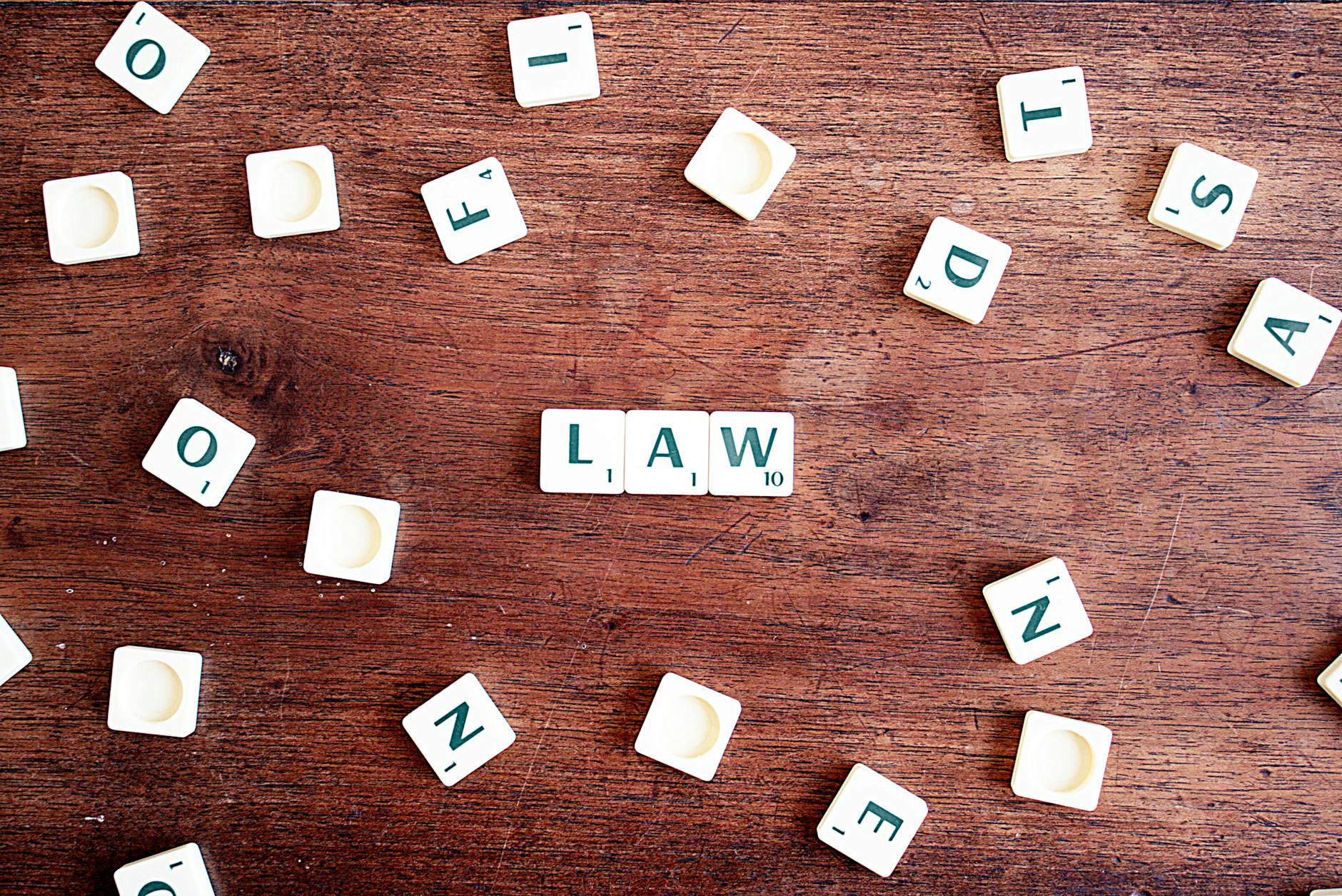In-Depth Comparison of WCAG 2.0, 2.1, and 2.2: The Evolution of Accessibility Standards and Practical Implementation Tips
Introduction: The Importance of Accessibility Standards and Who Should Read This
The Web Content Accessibility Guidelines (WCAG) are an international standard designed to ensure that web content is accessible to everyone, regardless of disability. These guidelines are essential for web administrators in public institutions, web development companies, accessibility consultants, IT staff at educational institutions, and professionals in legal or compliance departments.
This article offers a detailed comparison of WCAG 2.0, 2.1, and 2.2, and provides concrete suggestions on how to apply these standards in real-world web design and operations.
WCAG 2.0: Establishing the Foundation of Accessibility
Overview and Background
WCAG 2.0 was officially recommended by the W3C in 2008, establishing the foundational framework of web accessibility. It introduced four core principles: Perceivable, Operable, Understandable, and Robust.
Key Features
- Technology-Neutral: Applicable to various technologies beyond just HTML or CSS.
- Testable Success Criteria: Defines 61 criteria across three conformance levels—A, AA, AAA.
- International Standardization: Adopted as ISO/IEC 40500:2012 and referenced in many national policies.
Target Users
- Visually impaired: Screen reader–friendly design.
- Hearing impaired: Captions or sign language interpretation for multimedia content.
- Mobility-impaired: Full keyboard navigation support.
- Cognitive disabilities: Clear structure and consistent navigation.
WCAG 2.1: Addressing Mobile and Cognitive Accessibility
Overview and Background
Released in 2018, WCAG 2.1 expanded upon 2.0 to address the growing needs of mobile users and individuals with cognitive disabilities. It added 17 new success criteria.
Major Additions
- Mobile Accessibility: Support for touch gestures and content reflow.
- Low Vision Support: Improved spacing and non-text contrast.
- Cognitive Accessibility: Clarified input purposes and predictable navigation.
Example Success Criteria
- 1.3.4 Orientation (AA): Content must work in both portrait and landscape.
- 1.4.10 Reflow (AA): No content/function loss at 320px screen width.
- 2.5.1 Pointer Gestures (A): Complex gestures must not be required.
Target Users
- Mobile device users: Optimized for smartphones and tablets.
- Low vision users: Support for magnification and high-contrast viewing.
- Users with cognitive disabilities: Simplified, consistent interfaces.
WCAG 2.2: A Further Step Toward User-Centered Accessibility
Overview and Background
WCAG 2.2 was officially published in October 2023, building on WCAG 2.1 with 9 new success criteria. The update focuses on users with cognitive and motor impairments, and further enhances mobile accessibility.
Major Changes
-
New Success Criteria (9 total):
Criterion Level Summary 2.4.11 Focus Not Obscured (Minimum) AA Keyboard focus must not be hidden. 2.4.12 Focus Not Obscured (Enhanced) AAA Focus must be fully visible. 2.4.13 Focus Appearance AAA Enhanced visibility of focus indicators. 2.5.7 Dragging Movements AA Dragging gestures should not be required. 2.5.8 Target Size (Minimum) AA Minimum size for interactive elements. 3.2.6 Consistent Help A Provide consistent access to help. 3.3.7 Redundant Entry A Avoid requiring users to re-enter data. 3.3.8 Accessible Authentication (Minimum) AA Ensure login/authentication is accessible. 3.3.9 Accessible Authentication (Enhanced) AAA Reduce cognitive burden during authentication. -
Removed Criterion: 4.1.1 Parsing (related to HTML/XML parsing) was removed.
Target Users
- Users with cognitive/learning disabilities: Easier form input and login processes.
- Users with motor impairments: No drag-and-drop required, larger clickable areas.
- Mobile users: Better visibility of focus indicators and optimized touch support.
Comparing Versions and Practical Implementation
Total Success Criteria by Version
- WCAG 2.0: 61 items
- WCAG 2.1: 78 items (+17)
- WCAG 2.2: 86 items (+9, -1 removed)
Backward Compatibility
Compliance with WCAG 2.2 ensures conformance with both 2.1 and 2.0. This makes it possible to take a phased approach, building on existing accessibility efforts while adopting the latest standards.
Practical Strategies
- Phased Implementation: Start with WCAG 2.1, then integrate WCAG 2.2 enhancements.
- User Testing: Involve real users in testing to identify accessibility gaps.
- Ongoing Training: Provide regular accessibility training for developers and content creators.
Conclusion: Accessibility Is an Ongoing Commitment
Web accessibility is not a one-time task—it must evolve alongside technology and user needs. The WCAG guidelines have progressed to meet emerging challenges and are essential for ensuring inclusive digital experiences.
For websites in the public, education, and healthcare sectors—where diverse users are common—adopting the latest WCAG 2.2 is strongly recommended. It enables the creation of content that is usable and accessible to everyone.
Let’s continue striving toward user-centered design and enhanced accessibility as a long-term commitment.
